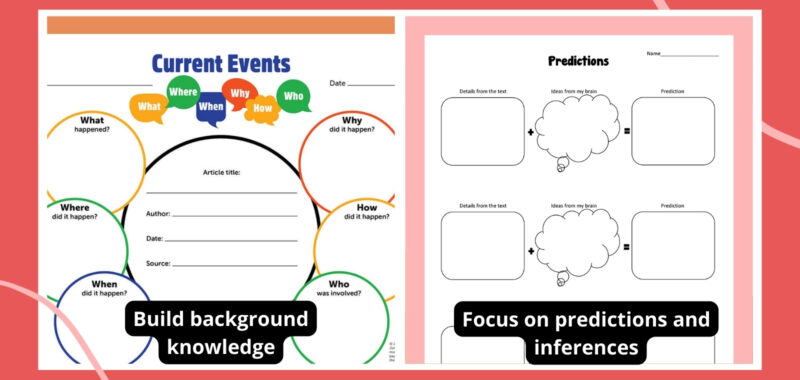Third grade is the year students switch from “learning to read” to “reading to learn,” meaning that when they are on grade level, they have the skills to read text on their own and learn from it. The 3rd grade reading block has less instruction in phonics and sight words and more time reading and learning from text. By now, students also have reading preferences and opinions about everything they read, which means they can engage in discussion and even analysis.
Use these reading comprehension activities to help students make the transition to “reading to learn,” and bring them to the next level.
1. Create anchor charts together
Help 3rd graders move toward independence by creating anchor charts that they can refer to as they read. Some anchor charts to create:
- Questions to ask while reading
- How to retell a paragraph or story
- Reading fix-up strategies like Read, Cover, Remember, Retell
- Types of nonfiction and key words for each type
Learn more: Reading Comprehension Anchor Charts
2. Teach graphic organizers
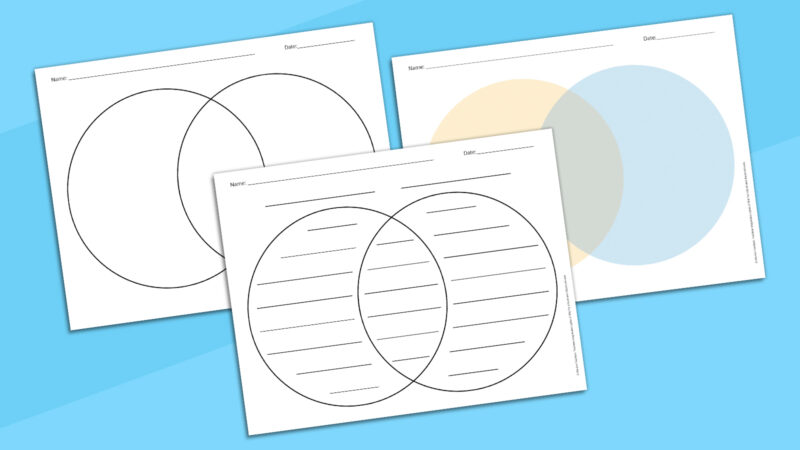
Third graders are starting to read more complex text. Teach them how to use graphic organizers, like these Venn diagrams, to get the most out of each text. First, they check out the text and decide which graphic organizer they need. If it’s a text that is comparing two topics, they’d use a Venn diagram. Then, they complete the graphic organizer while reading. They can refer to the graphic organizer after they read when they’re writing or discussing text.
Learn more: Venn Diagram Printables and Summary Graphic Organizer Printable
3. Build a Comprehension Cootie Catcher
Remember how to fold a cootie catcher? You can turn these into reading comprehension tools by writing questions on each section of a folded cootie catcher. Include questions about character, plot, setting, problem, solution, and their opinion of what they read. Then, after each chapter or silent reading time, students can quickly pair up and use the cootie catcher to ask each other questions.
4. Practice determining importance
Have you ever asked a student to summarize a story, only to hear them include every little detail? Or maybe they only retell a small part of the text, excluding important characters or events. These readers need to be able to discriminate between what is and what isn’t important in a story or text. To do this, have students write the details from a text on strips of paper. Then, they put each detail through a “funnel” to determine its importance. The detail only stays if it is one of the most important. This forces students to evaluate each detail against the main idea and ask the question: If this detail weren’t included, would the meaning of the text change?
5. Play a round of Roll and Retell
Set up a Roll and Retell. Create six questions, either open-ended questions that can be asked about any text (What was the main idea, etc.) or questions about a specific text. Assign each question a number from 1 to 6. Students either work with a partner or independently to roll a di and choose the question that matches the number they rolled.
6. Activate background knowledge
Third graders have a lot of knowledge they’ve gained from books they’ve read and experiences they’ve had. That background knowledge can help them understand what they read. So, teach them what background knowledge is and how to use it. A KWL (Know, Want To Know, Learned) chart is a classic way to engage kids’ background knowledge as they complete the Know column.
7. Build knowledge with current events
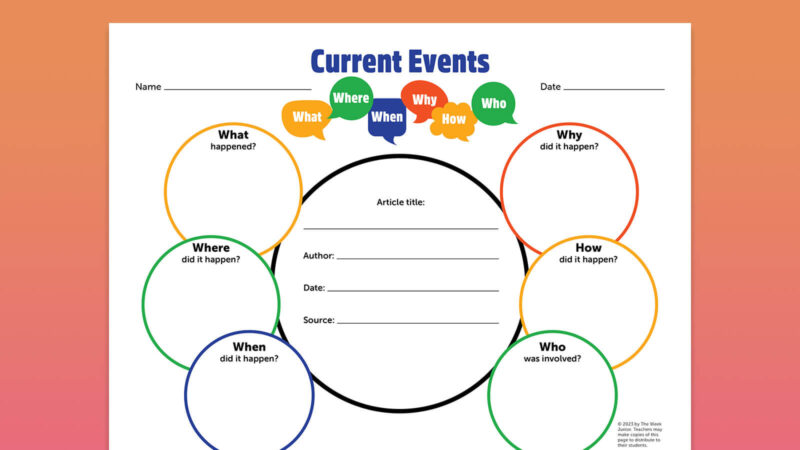
Today’s 3rd graders are living in a world of information, so the question is how do we engage them with new information, like news articles, without overwhelming them? Help them build background knowledge one article at a time, and use graphic organizers to help them organize and analyze what they’re learning. A graphic organizer like the one above also helps them focus on the most important information in a text.
Learn more: Current Events Worksheets
8. Text feature scavenger hunt
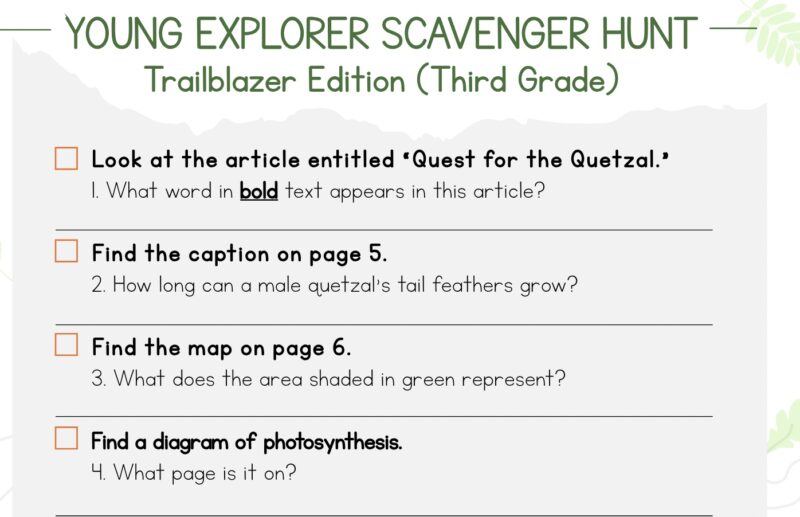
Third grade text expands the type of text features students will see. As they’re learning text features, use this text resource and connected scavenger hunt to introduce students to common text features.
Learn more: Text Feature Scavenger Hunt
9. Focus on predictions and inferences
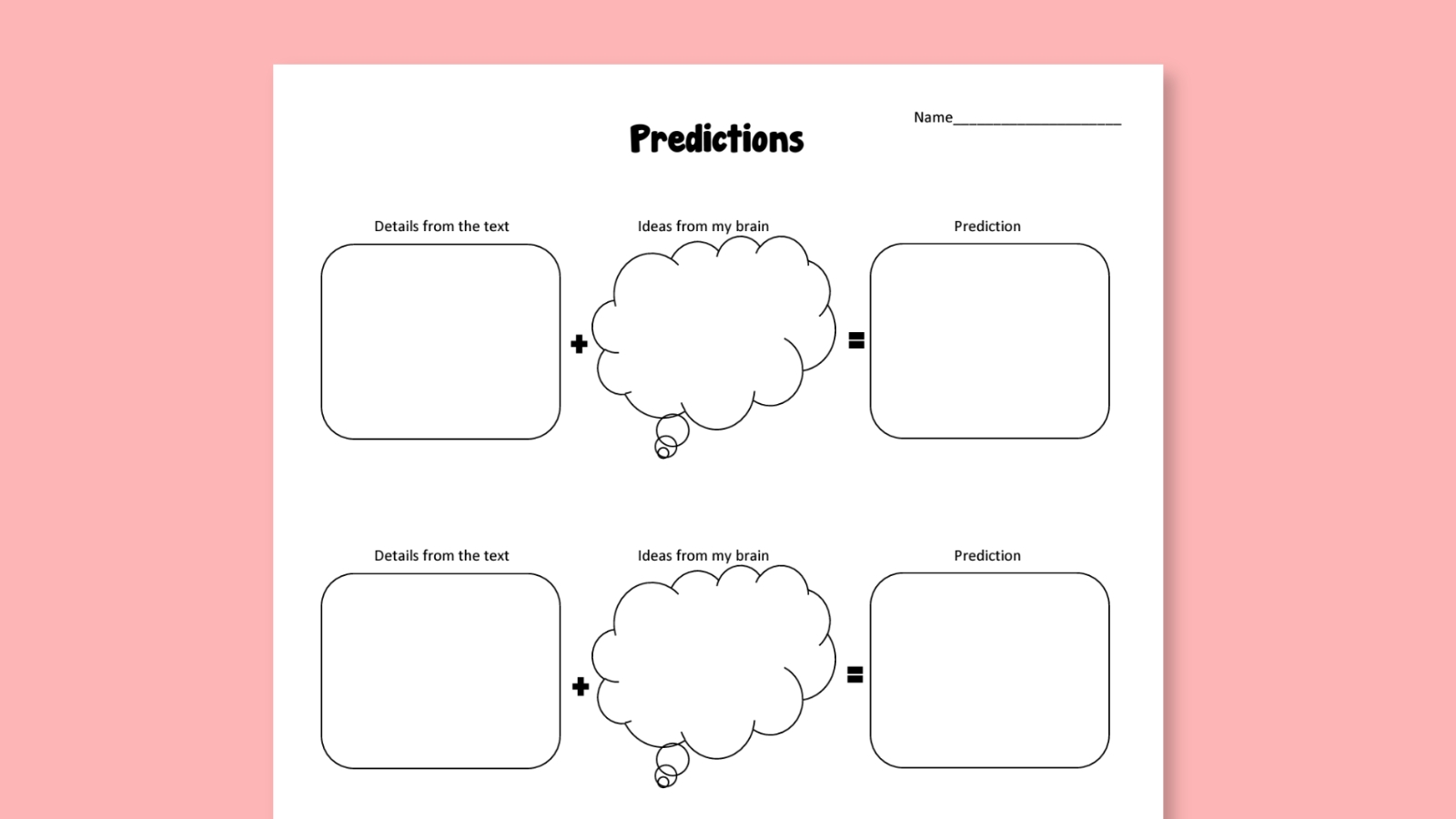
Making predictions and inferring is a key skill for 3rd grade. Model how to make inferences, using information from the text combined with your own knowledge to infer what the author is trying to communicate. Start by using wordless picture books to describe what students notice, then add their own ideas to make a prediction or inference.
Learn more: Predictions and Inferences Printable
10. Make a connections paper chain
Good readers make connections as they read. First, have students write the connections they make (text-to-self, text-to-text, text-to-world) on a strip of paper. Next, students fold the strips to create a chain of connections. Links can be added as you read through a longer text or read new texts.
11. Use story maps
Story maps give students a framework to record their thinking before, during, and after reading. From the beginning-middle-end map to the roller coaster, help students organize what they read and learn story grammar with story maps.
12. Summarize with signal words
Teach students to be on the lookout for signal words like “first,” “next,” and words that answer the questions who, what, where, why, and how. Then have students mark where they see these words as they’re reading. After they read, they can return to their sticky notes and record the information they noted. They create a summary using their notes.
13. Play question ball
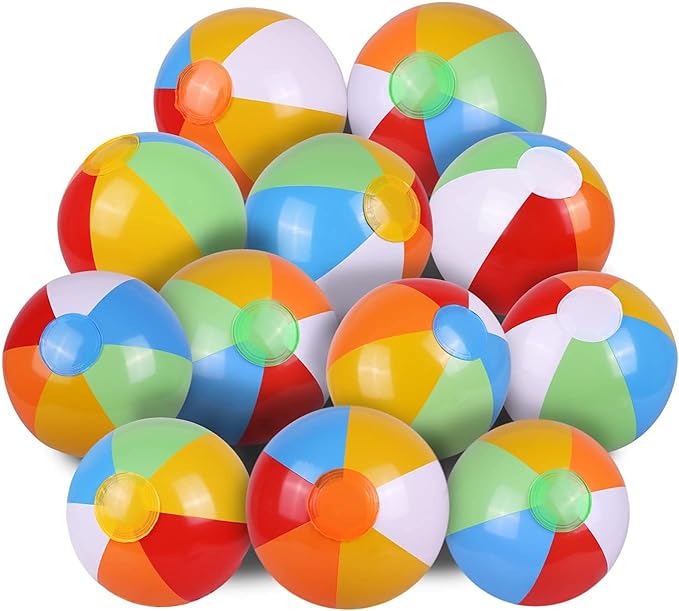
Write different questions for students to answer about the book they are reading with a marker on a beach ball. Make sure questions hit on different elements such as character, problem and solution, setting, connections, and predictions. Then, throw the beach ball. Students answer the question they see when they catch it.
Buy it: Set of Beach Balls
14. Nonfiction relay race
When you have a fidgety class, kinesthetic activities are the way to go. Conduct a comprehension relay race. Break students into teams and head to the gym or outdoors. Set up a racecourse, for instance 100 yards marked off by flags or one lap around the track. The first student on each team will run the course, and once they return and before the next student in line can run, they must repeat one fact they learned from the reading or answer a question about what they’re reading. The first team to have all runners complete the course wins.
15. Book Character Day
Kids love Book Character Day! It gives them a chance to show how much they know about one of their favorite story characters. Students dress as a character and are ready to answer questions. Set aside time for each student to tell their classmates about the character they chose and why.
Learn more: Book Characters Every Child Should Know
16. Retell with rocks

Retelling still applies in 3rd grade. Have students retell a story using pictures they’ve painted on stones to create a path from start to finish.
Buy it: Set of Paintable Rocks
17. Create a game show
Questions are a key reading skill for students to master. Create a Jeopardy-style game show of comprehension questions to help students practice answering questions. For more complex questions, have students talk about the answer before they respond. You can use Kahoot to set up the game, or use one of the many alternatives.
18. Track thinking with sticky notes
Teach 3rd graders the start of annotation by teaching common annotation marks:
- LOL means this is a funny part.
- An asterisk (*) means this is important.
- ! means this is surprising.
- A heart indicates that the reader liked this part.
- ? means that they have a question or that this is confusing.
Have students place mini–sticky notes with each annotation mark on their text to show their thinking as they read.
Buy it: Small Sticky Notes at Amazon
19. Be a word detective
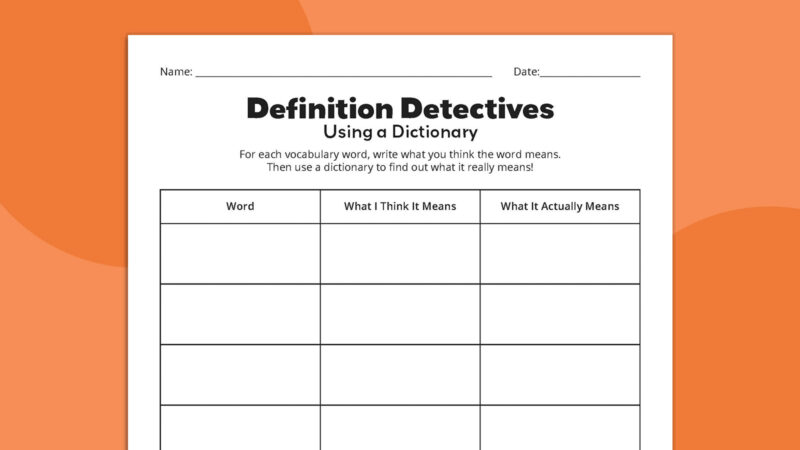
Before you read, choose up to five words that are unfamiliar to most of your students. Then, as they read, have students find these words and try to infer the meaning by reading around the word. If they can’t infer the meaning, or to check their definition, have them look up the word in a dictionary.
Learn more: Vocabulary Worksheets

